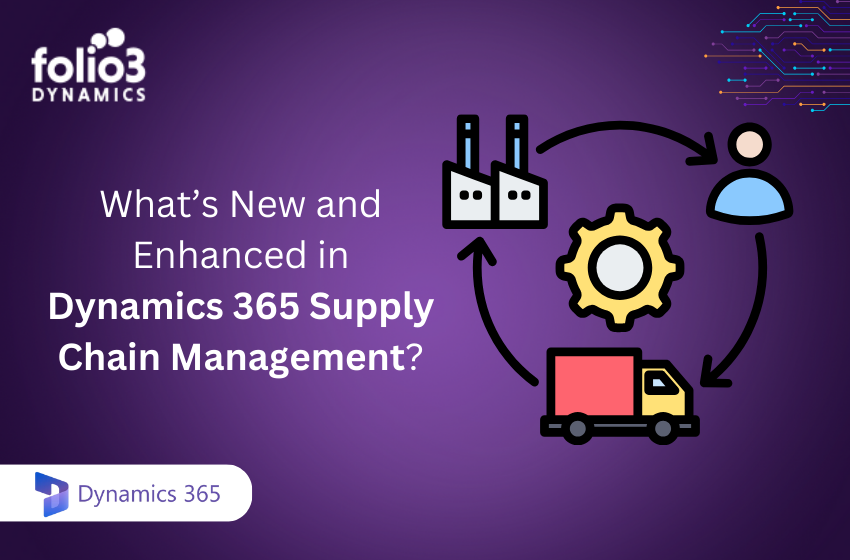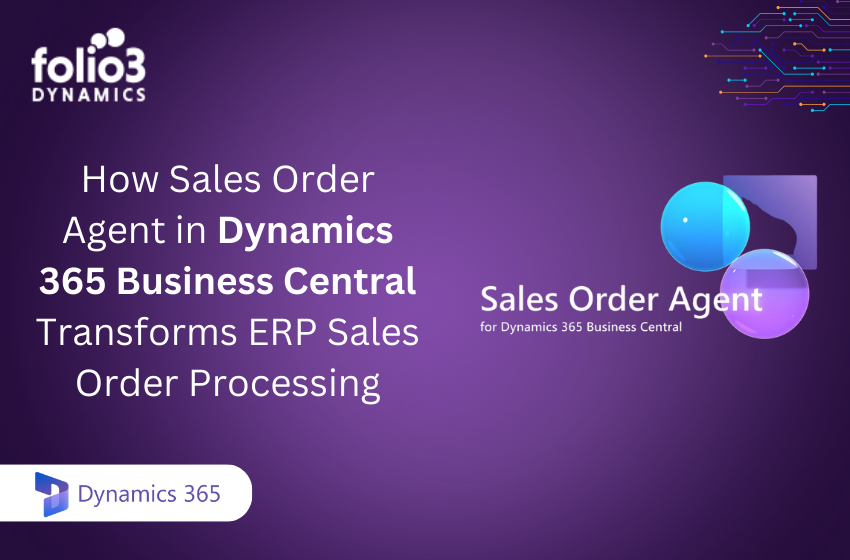What is inventory forecasting?
Inventory forecasting is the way toward computing the inventory expected to satisfy future client orders depending on how many items you foresee you will sell throughout a particular time frame. These assessments take notable deals, information, arranged advancements, and outside powers into the record to be pretty much as exact as could be expected.
The 4 best advantages of exact inventory forecasting
-
Less inventory required available
You can store inventory in mass in a stockroom and have it stay there gathering dust, however that is not generally a productive method of working together. By having information-driven forecasts on how much inventory you will require, you will not need to buy inventory that you don’t require for a given period. This implies you can improve inventory bookkeeping, help your income, and surprisingly let loose assets for different spaces of the business.
-
More deals from less unavailable things
On the off chance that you have sufficient inventory available, you don’t need to stress over stock-outs or delay purchases — you can satisfy each request when it’s set and give clients the conveyance whenever suitable. Lining up with advertising on impending efforts (even at the channel level) is basic for inventory forecasting.
Furthermore, the client experience stays a positive one when customers discover what they’re searching for on the web and don’t experience an “unavailable” message just to leave your store and shop somewhere else.
-
Less difficult work
Exact inventory forecasting saves work and warehousing costs since you are more ready to deal with changes sought after and can decrease some manual work.
Inventory forecasting devices help computerize reordering, foresee work needs, and record for changes all together volume, making it straightforward what’s coming and diminish inventory conveying costs. This saves time and labour for stockroom management and all staff.
-
More effective creation cycle
Inventory forecasting assists you with overseeing items better across the whole retail store network. At the point when you realize your producer’s lead times, your distribution centre getting timetables, and the specific stock levels for every item that you need to make another buy request, you can work all the more productively with your provider and gain a superior comprehension of creation cycles.
What you need to know to forecast inventory
Figure out how to forecast inventory by first acclimating yourself with the terms and ideas beneath.
Forecast period
A forecast period is the time allotment used to decide the specific inventory amounts you’ll have to arrange. Picking the ideal time frame will rely upon your assembling creation cycle and your inventory turnover rate, or how quick you sell through your items. For instance, on the off chance that you sell through your inventory rapidly, you will repurchase new inventory all the more regularly.
Patterns
A pattern is an adjustment sought after throughout a specific measure of time. For instance, a business that sells ski gear sees a significant occasional pattern of things sold in the cold weather months. Utilizing this data, they realize that request volume will increase driving into winter and delay down once spring shows up.
6 Inventory forecasting methods and devices
Inventory forecasting can turn out to be progressively more troublesome the quicker your business develops and the more items you sell. Here are some inventory forecasting apparatuses, models, and strategies to assist with precise interest arranging.
-
Quantitative forecasting
This model of inventory forecasting utilizes authentic deals information to expect future deals. The more extended the business or items have been near, the better the informational collection and investigation will be. You need at any rate a time of deals to perceive any occasion patterns, however, quite a while of information is significantly more significant as it will help distinguish genuine consistency and yearly examples.
-
Subjective forecasting
This model uses less information from the trader’s client request history and rather depends on outer variables like market insight, natural powers, monetary interest, and other full-scale level movements. Subjective forecasting utilizes master judgment and isn’t an undertaking to be performed by anyone.
-
Microsoft Excel
Even though you can do some demonstration with bookkeeping pages, Dominate sheets are one of the most noticeably terrible approaches to oversee and forecast inventory since they address a static preview on schedule and are not associated with different devices or refreshed continuously. Inventory forecasting ought to be extremely unique, consequently pulling in information takes care of from a few hotspots for the most modern data.
-
3PL
As your business develops and you need bigger amounts of items to satisfy needs, it turns out to be more troublesome and more basic to get inventory arranging right. Numerous online business organizations re-appropriate satisfaction to an outsider coordinations (3PL) supplier, so they don’t need to fabricate the framework, commit assets, and recruit the labour force to oversee inventory and coordinations themselves.
If you oversee request satisfaction yourself, or your 3PL doesn’t give the correct software, there are inventory management forecasting that likewise incorporate forecasting devices. This allows you to screen the inventory you have close by and units sold each day, run reports to see which SKUs are your hits and keep a comprehension of how your business is performing.
-
Inventory forecasting apparatuses
Other than 3PLs and inventory management frameworks, there are apparatuses planned explicitly for inventory forecasting with circulation measurements, information representations, progressed examination, and inventory investigates deals and stock measurements. This assists you with interfacing the upstream exercises of buying and assembling to the downstream exercises of deals and item interest.
Conclusion:
With regards to inventory forecasting, there is no gem ball. In any event, when you have the best devices to assess requests, toward the day’s end, it is only that – a gauge. Yet, persistently investigating inventory turnover, stock checks, and different patterns in your client orders, you’ll all more precisely plan for both the present moment and long haul.


